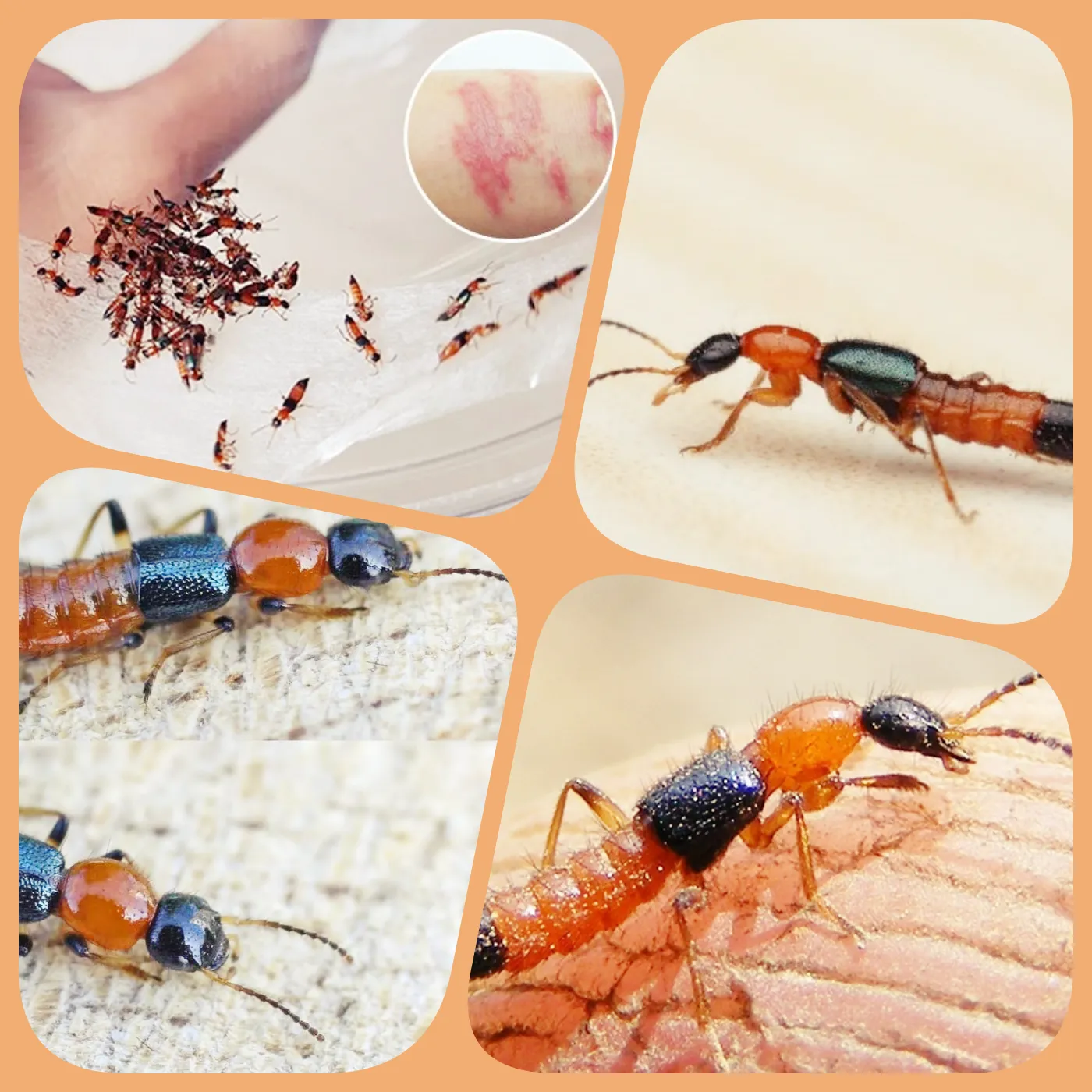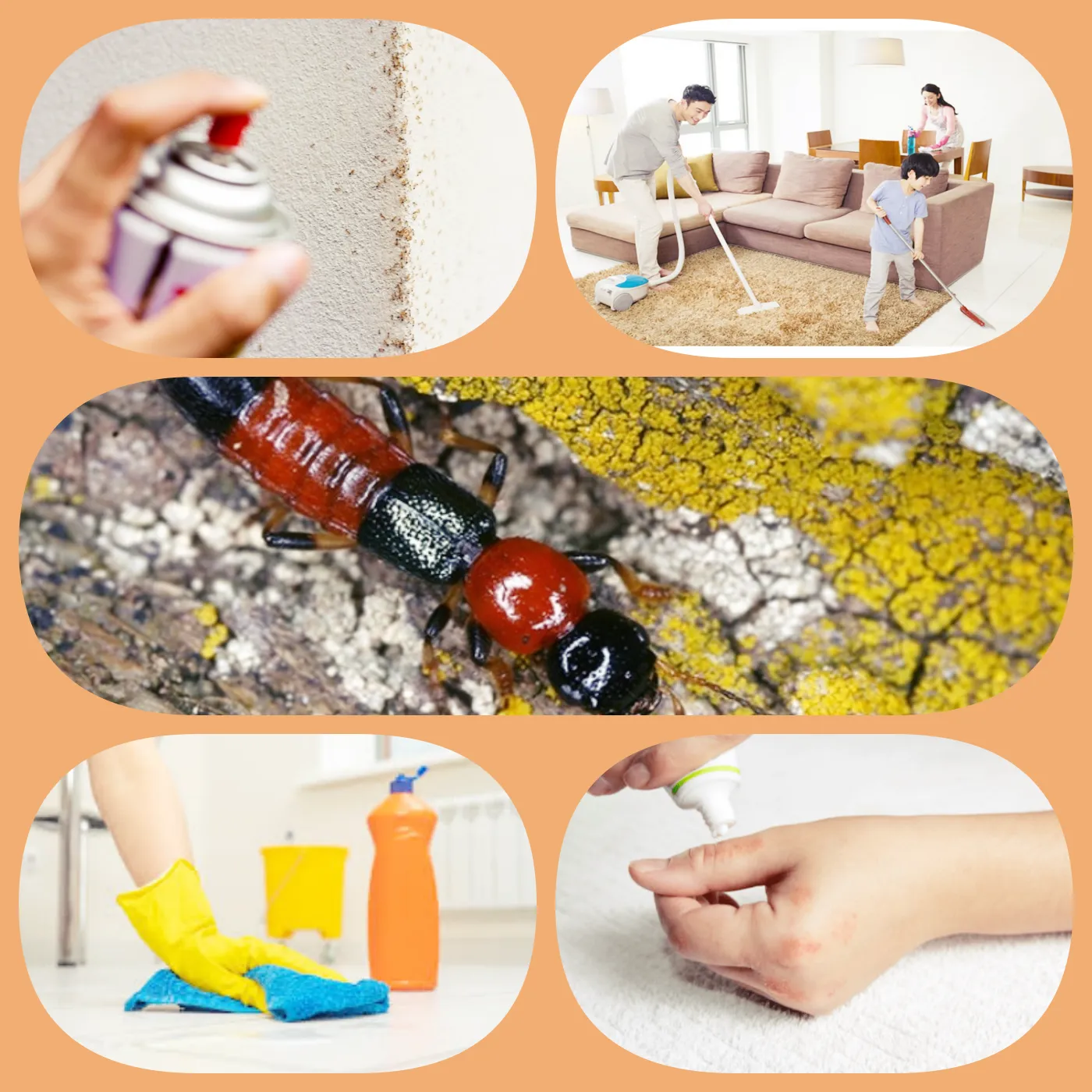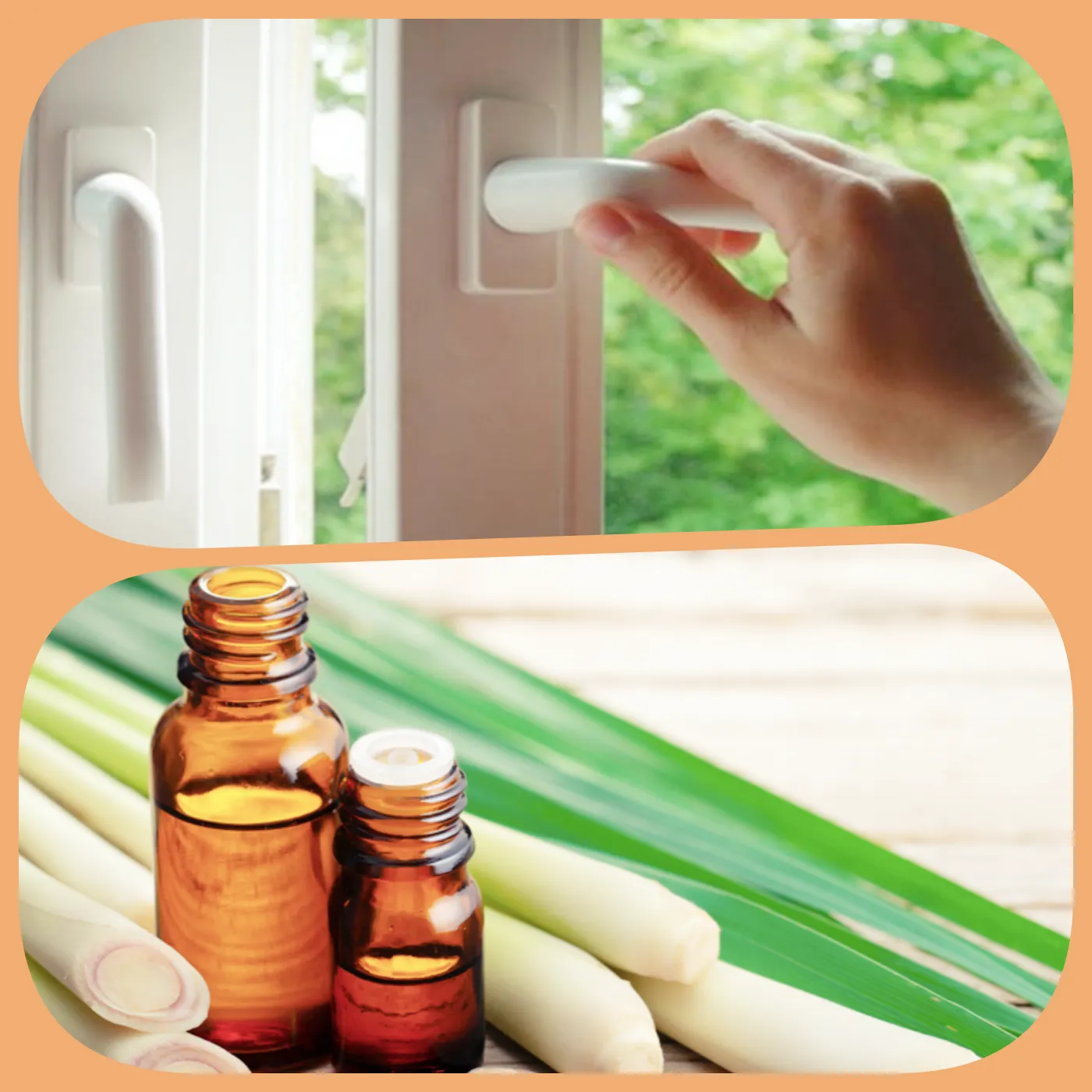
Effective Measures to Prevent and Handle Rove Beetles
The rainy season marks a peak in the breeding activity of various insects, including the rove beetle (Paederus fuscipes). Despite being called a “beetle,” these creatures resemble ants with their distinctive black-and-orange striped bodies. However, despite their harmless nature, rove beetles contain a toxic substance that can cause skin irritation and burns.

Rove beetles do not bite or sting humans. In fact, they are beneficial to farmers, serving as natural predators to pests that damage crops. These beetles typically inhabit fields, haystacks, meadows, and areas near water bodies or vegetable fields. While they are not aggressive, they possess a toxic compound called pederin, which acts as a natural defense against predators.
Pederin is not actively secreted by the beetle but is only released when the insect’s body is crushed. If this toxin comes into contact with human skin, particularly on sensitive areas like the face, neck, arms, or legs, it can cause severe blistering, burning, and pain. In some cases, it may lead to dermatitis, and if not properly treated, can result in infection and more serious conditions. At first glance, these skin lesions can resemble shingles. Therefore, it is crucial to seek medical attention promptly if any unusual blisters or burns appear on the skin.
Preventive Measures Against Rove Beetles
If you find rove beetles in your home or come into contact with them, follow these precautions:
– Avoid Direct Contact: Rove beetles do not attack humans. Contact with the pederin toxin occurs accidentally when people crush the beetle on their skin, or when the beetle comes into contact with clothes or towels. Always inspect clothing, towels, or fabrics before use. If you find a beetle, gently move it away using a piece of paper to avoid crushing it.
– Seal Entrances and Use Screens: In the evening, while working or relaxing under artificial lights, keep windows and doors closed or use insect screens to prevent beetles from entering your home.
– Block Light Leaks: Draw curtains to block light from escaping outside, as this may attract rove beetles.
– Maintain Clean Surroundings: If you live in tight spaces like dormitories, worker accommodations, or near dense vegetation, ensure the surroundings are clean. Collect and burn dry grass and leaves to deter insects.

– Use Insect Sprays: Apply household insecticides along doorways, window sills, and other entry points to keep beetles out.
– Employ Insect Traps: Use light traps to lure and capture beetles, preventing them from entering your home.
– Do Not Crush Beetles: If a beetle lands on your skin, do not crush it. Gently blow it away to avoid releasing the toxin onto your skin.
– Wash Immediately: If you accidentally come into contact with beetle secretion, quickly rinse the affected area under running water. If you feel any burning or pain, apply mild antiseptic or soothing solutions like Jarish solution, zinc oxide, or antibiotic ointment. Seek medical advice if symptoms persist.

By following these preventive measures, you can effectively minimize the risk of coming into contact with rove beetles and protect yourself and your family from the discomfort and potential harm caused by their toxins. Stay vigilant, and always prioritize your safety and hygiene.






